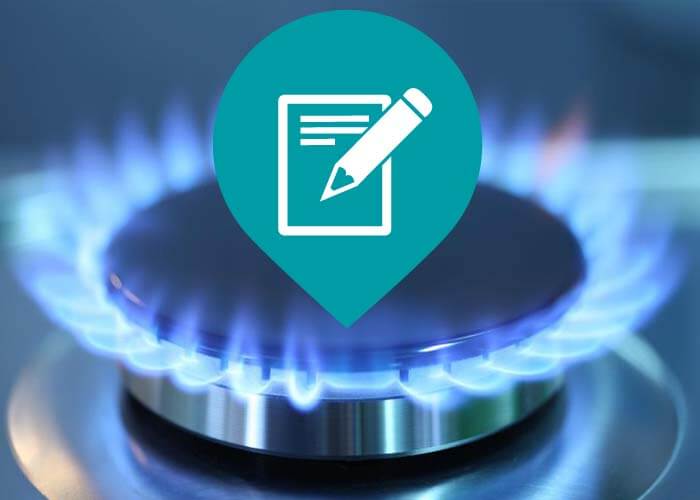
Just how Does the Natural Gas Shipment System Job?
How Does the Gas Distribution System Work?
Gas streaming from greater to decrease pressure is the essential principle of the gas distribution system. The quantity of pressure in a pipe is measured in pounds per square inch.
From the well, the natural gas goes into "gathering" lines, which are like branches on a tree, obtaining bigger as they obtain closer to the central collection factor.
Celebration Equipments
A gathering system might require one or more area compressors to move the gas to the pipeline or the handling plant. A compressor is an equipment driven by an inner combustion engine or turbine that develops pressure to "press" the gas with the lines. Many compressors in the gas shipment system use a percentage of natural gas from their very own lines as fuel.
Some natural gas celebration systems include a handling center, which carries out such features as removing pollutants like water, co2 or sulfur that might rust a pipe, or inert gases, such as helium, that would certainly decrease the energy value of the gas. Handling plants likewise can get rid of small quantities of propane and butane. These gases are used for chemical feedstocks and other applications.
The Transmission System
From the celebration system, the gas actions right into the transmission system, which is usually made up of regarding 272,000 miles of high-strength steel piper.
These large transmission lines for gas can be contrasted to the nation's interstate freeway system for cars. They relocate big quantities of natural gas thousands of miles from the generating regions to neighborhood distribution business (LDCs). The stress of gas in each section of line generally varies from 200 pounds to 1,500 pounds per square inch, relying on the type of area in which the pipeline is operating. As a precaution, pipes are created as well as created to deal with a lot more pressure than is ever really reached in the system. For instance, pipelines in more populated areas run at less than one-half of their design stress degree.
Several significant interstate pipelines are "knotted"-- there are 2 or more lines running parallel to each other in the very same right-of-way. This offers maximum ability during durations of peak demand.
Compressor Stations
Compressor terminals lie approximately every 50 to 60 miles along each pipe to increase the stress that is shed with the rubbing of the gas moving with the steel pipeline. Numerous compressor stations are entirely automated, so the devices can be begun or quit from a pipe's main control area. The control area can also remotely operate shut-off valves along the transmission system. The operators of the system keep in-depth operating information on each compressor station, as well as constantly change the mix of engines that are running to optimize performance as well as security.
Natural gas actions via the transmission system at as much as 30 miles per hour, so it takes numerous days for gas from Texas to come to an utility invoice factor in the Northeast. Along the road, there are lots of interconnections with various other pipes as well as various other utility systems, which supplies system operators a large amount of versatility in relocating gas.
Linepack
A 50-mile area of 42-inch transmission line operating at around 1,000 pounds of pressure consists of around 200 million cubic feet of gas-- adequate to power a kitchen range for greater than 2,000 years. The quantity of gas in the pipeline is called the "linepack.".
By elevating and lowering the pressure on any kind of pipe sector, a pipe firm can utilize the segment to store gas during durations when there is less Click for more info demand at the end of the pipe. Utilizing linepack by doing this allows pipe operators to deal with per hour changes in demand really effectively.
Natural gas pipelines and also utilities make use of very innovative computer designs of customer demand for natural gas, which connect daily as well as per hour intake trends with seasonal as well as ecological variables. That's why customers can depend on the dependability of natural gas-- when it's needed, it's there.
Entrance Stations.
When the gas in a transmission pipeline gets to a neighborhood gas energy, it generally travels through a "gateway terminal." Energies often have gate terminals obtaining gas at various locations and also from a number of different pipes. Gate terminals offer three objectives. First, they lower the pressure in the line from transmission levels (200 to 1,500 pounds) to circulation levels, which range from 1/4 pound to 200 extra pounds. After that an odorant, the distinctive sour fragrance related to natural gas, is added, to make sure that customers can smell even small quantities of gas. Lastly, the gate station determines the circulation price of the gas to determine the amount being received by the utility.